
1 day at Port Chicago Naval Magazine National Memorial
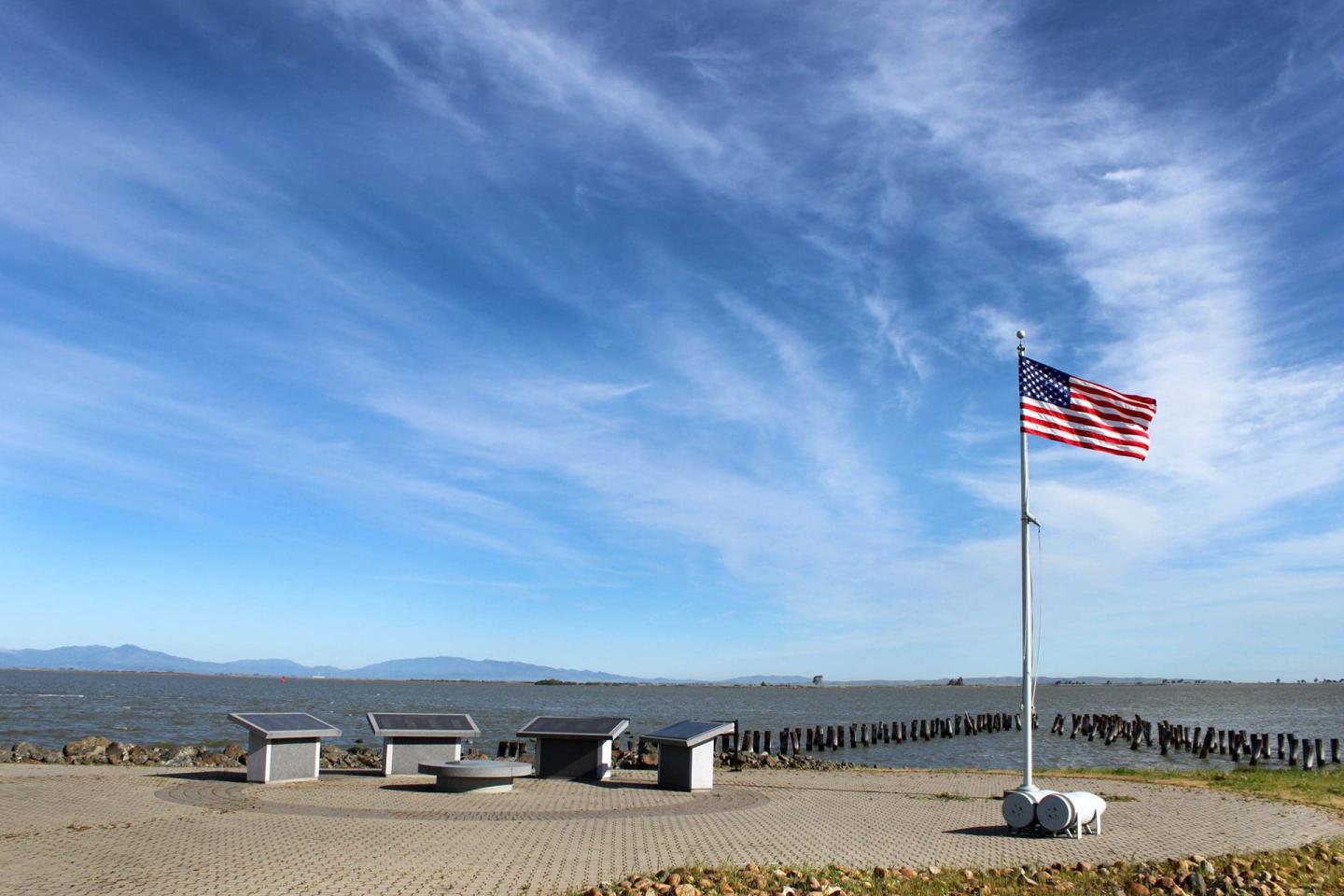
Spend a reflective day visiting an important African American Civil Rights memorial. Learn how World War II's largest disaster on the home front shaped history. Your visit will help ensure that the memory of these servicemen is not lost.

The largest WWII home front disaster
Before you plan to visit Port Chicago Naval Magazine National Memorial, take a moment to learn more about the history of this site. On July 17, 1944, 320 sailors and civilians—most of them young African American servicemen assigned to segregated work crews—lost their lives in a massive explosion at this munitions base. While the munitions loading work was crucial to the war effort, it was made more dangerous by racial discrimination that manifested itself in a lack of proper training or safety measures for the African American servicemen, who were told they were not handling live ammunition. The two explosions at the pier also injured 400 others, and destroyed two docked ships and many railroad cars and buildings at the military base.
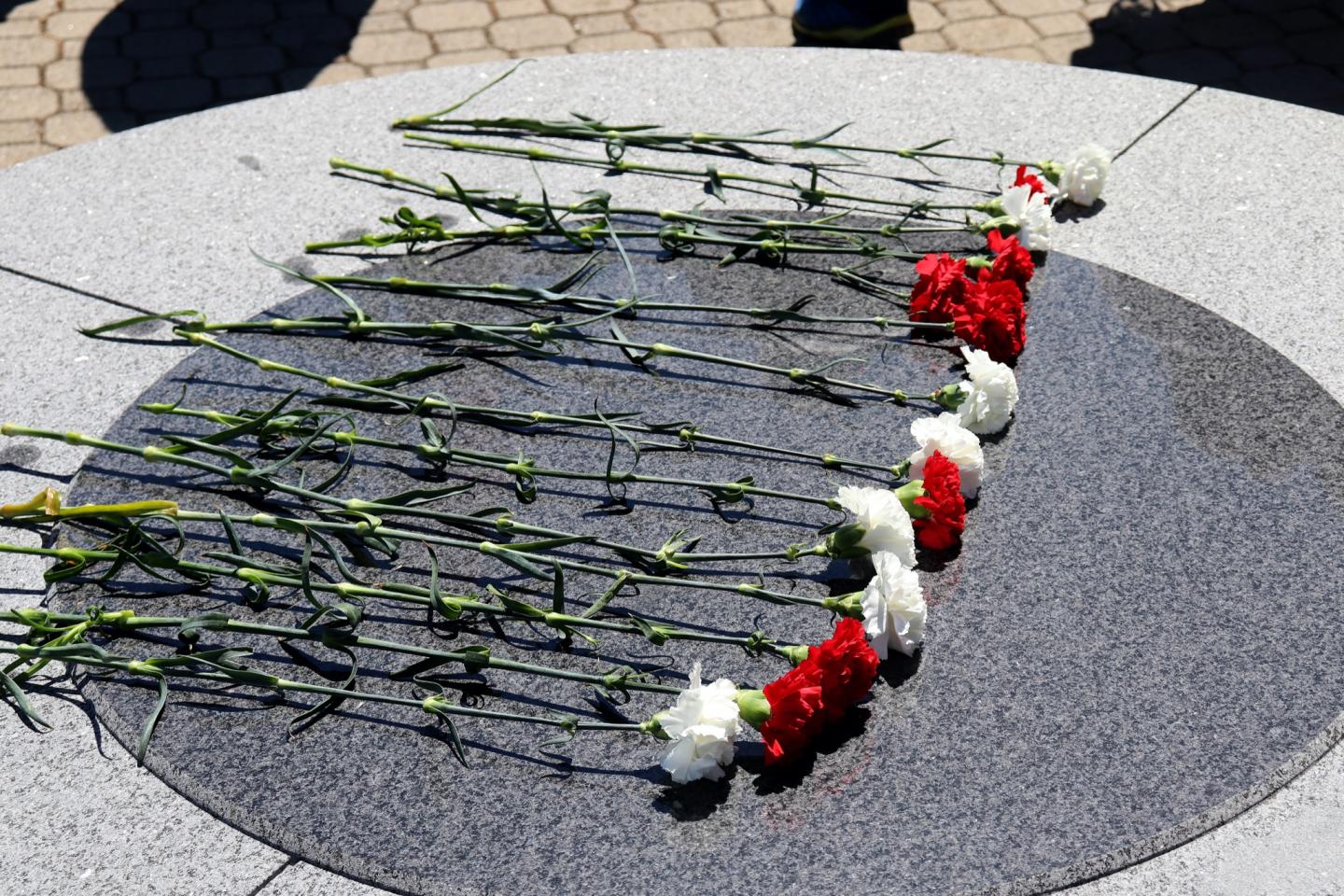
Resisting continued treacherous work
Less than a month later, survivors were ordered to report to Mare Island Naval Weapons Station to work under similarly treacherous conditions without any additional protections or training. Two hundred and fifty eight African American sailors, many still recovering from injuries and upset by the blatant disregard for their safety, peacefully refused to work in the same conditions that had resulted in the deaths of many of their peers.
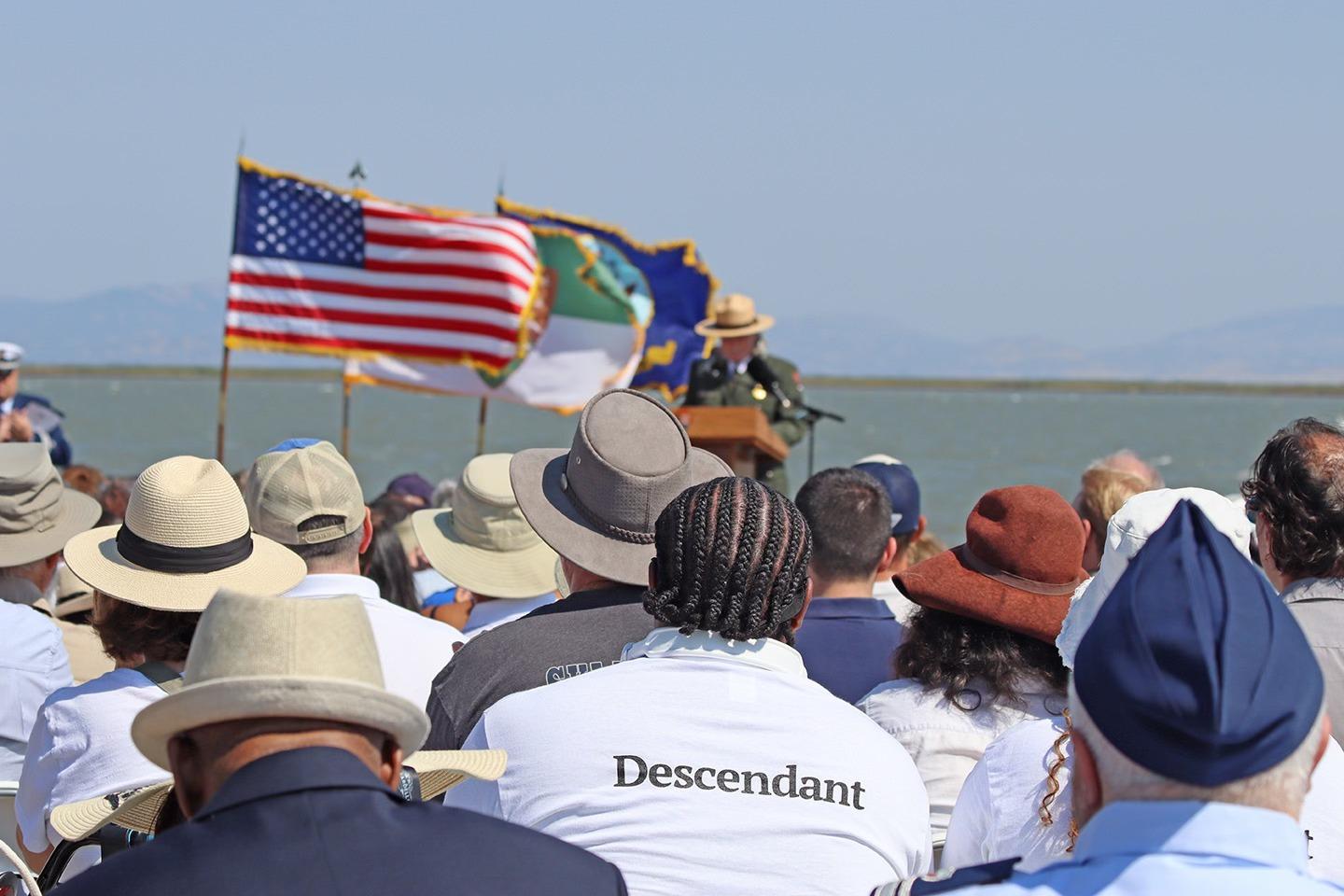
Port Chicago 50
Threatened with a court martial for mutiny, which officers told them could result in them being shot, 208 of the men agreed to go back to work. Despite agreeing to continue loading the munitions, all 208 were still court-martialed and convicted of disobeying orders. Fifty men continued to peacefully refuse to toil in the same perilous conditions that had already resulted in the death of many of their peers. The Port Chicago 50 who bravely defied demands to return to work in the face of injustice were all found guilty in the largest mutiny trial in US history, marred by racial discrimination. Dishonorably discharged and sentenced to eight to fifteen years in prison, these men lived with the pain of being branded by the law as criminals for standing up for justice for the rest of their lives. Forty-seven of the Port Chicago 50 were paroled after the war ended, but it wasn’t until 80 years later on July 17, 2024, that the Port Chicago 50 and the 208 other initial protesters were posthumously exonerated.
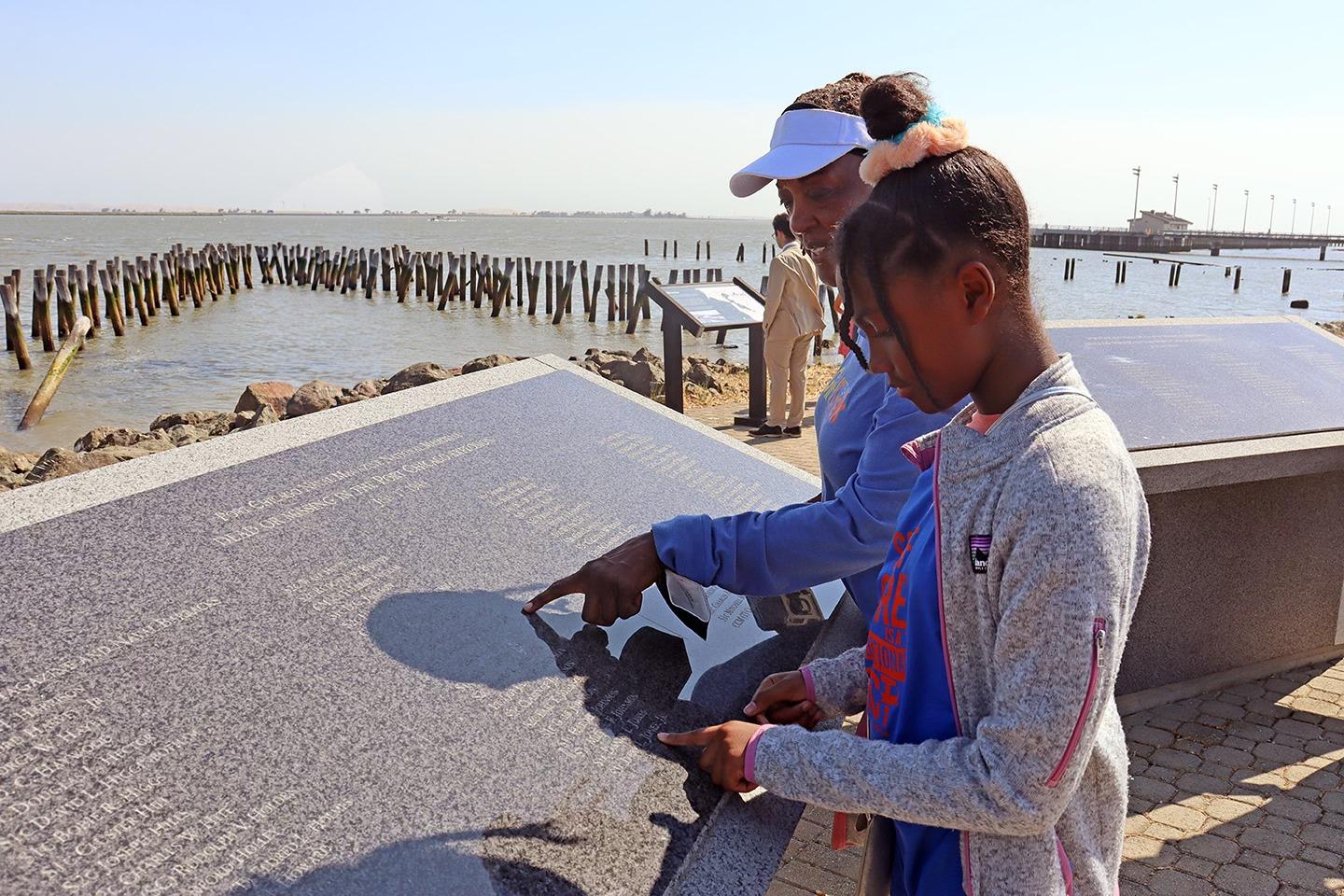
Reflection and resilience
Though shaped by tragedy, Port Chicago stands as a testament to resilience, the ongoing fight for equality, and the enduring legacy of those who served—and spoke up—in the face of injustice.
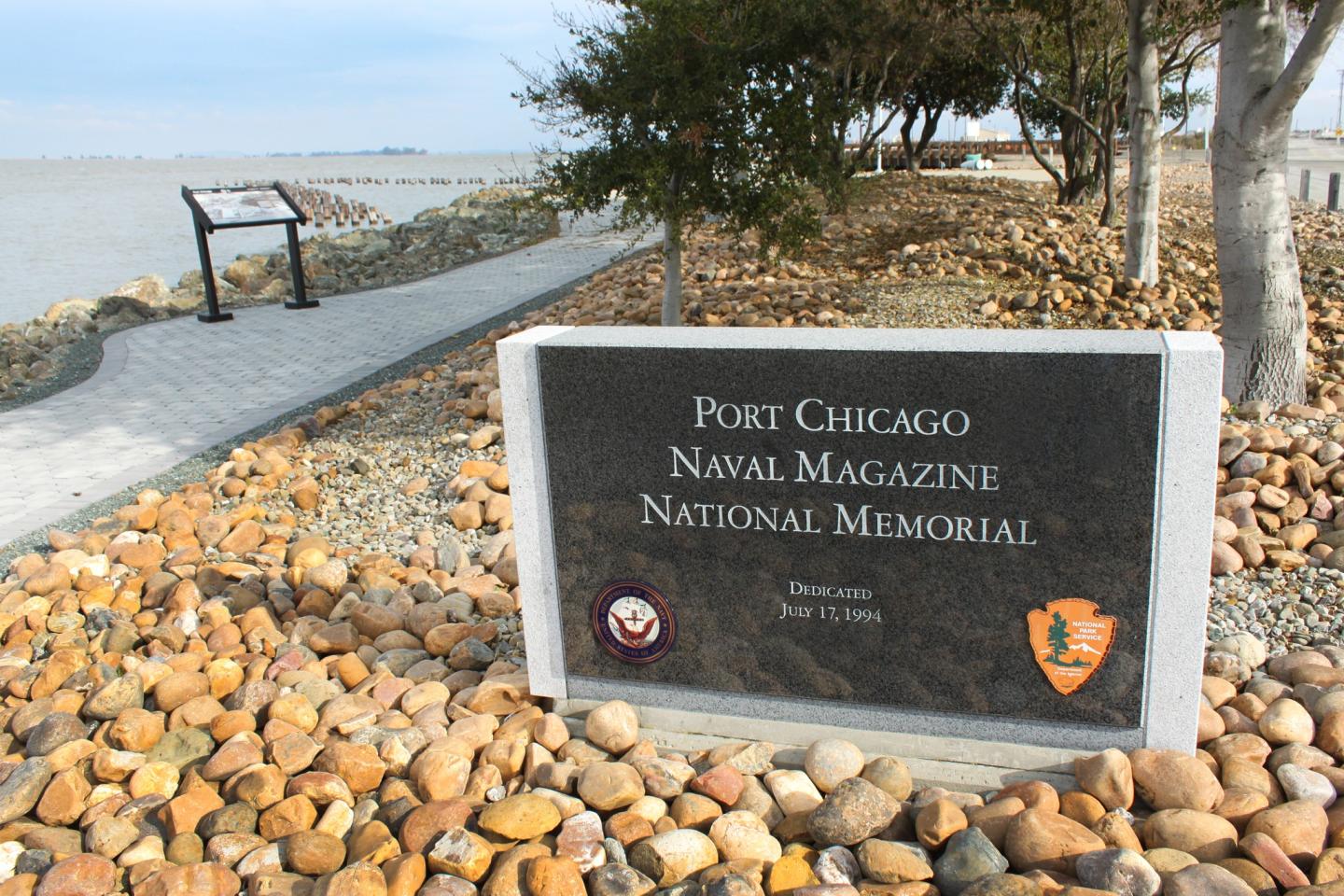
How to visit
As this site is on an active military base, visitors must make reservations for guided tours of the memorial at least two weeks in advance by calling or emailing the site.
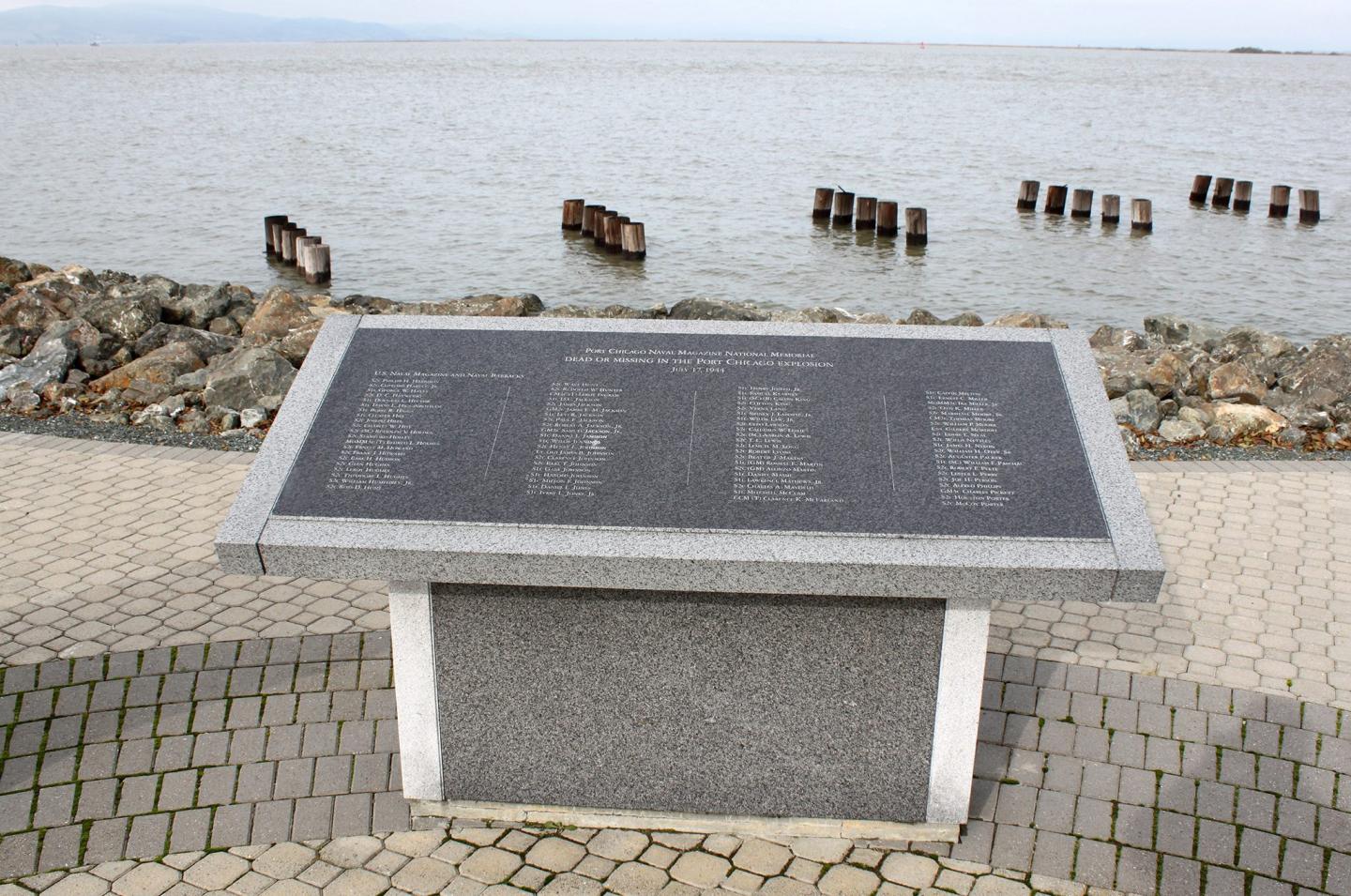
Know before you go
Visitors are shuttled to the memorial from John Muir National Historic Site, and should arrive at John Muir at least 20 minutes in advance of departure time on the day of. Visit nps.gov for full reservation and visitation requirements.

Explore San Francisco
Port Chicago Naval Magazine is roughly 40 miles from San Francisco. After a day of reflection at the memorial, spend the evening on the bay.
Visit Smart
Plan ahead
Make sure to make reservations for your tour more than two weeks in advance.
Watch the weather
Bring layers to prepare for windy conditions and varied temperatures during your visit to this waterfront site.
Come prepared
Pack government issued IDs for all members of your party, along with snacks and water for the duration of the tour.
Leave no trace
Make sure you are respecting the historic site by leaving everything as you found it.



